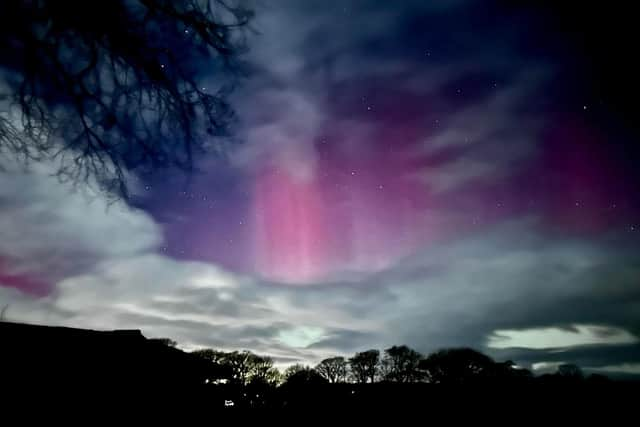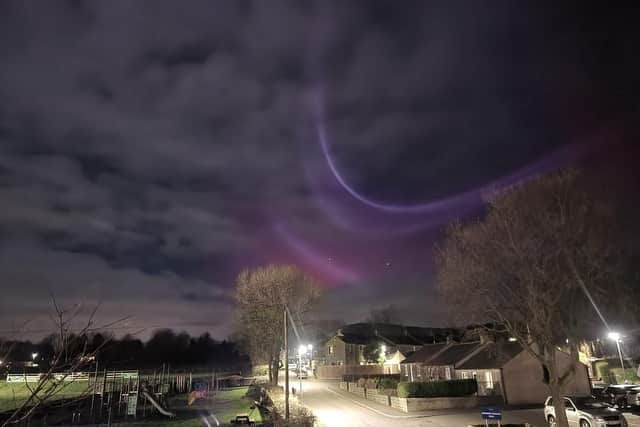Aurora Borealis: more stunning pictures of the Northern Lights in Lancashire as they return for a second night
and live on Freeview channel 276
At 3pm, the Met Office tweeted: “Strong solar activity means another chance to see the #NorthernLights tonight
Advertisement
Hide AdAdvertisement
Hide Ad“Northern Scotland is favoured to see the #Aurora overhead, but sightings closer to the horizon are possible as far south as southern Britain - *if* you have clear skies”


The prediction by the Met Office came true, as people across the country shared images, including here in Lancashire.
Where were they seen last night?
We have seen images from people in Chipping and Longridge in the Ribble Valley, as well as Goosnargh, who were able to capture the lights on their phones.
Attached in this article, you can see the lights from the top of Jeffrey Hill in Longridge, over Parlick Hill and Bleasdale from the foot of Beacon Fell, and over Parlick Hill from Chipping.
Advertisement
Hide AdAdvertisement
Hide Ad

However, the lights were reportedly seen across the country, from Newcastle in the North, to all the way down in Sussex.
What are the Northern Lights?
Known officially as Aurora Borealis, the Northern Lights are dancing waves of light in the sky, caused by solar particles striking the Earth’s magnetic field.
They are not usually visible in the UK, but increased activity means a strengthened solar wind brings the particles into contact with our atmosphere over a wider area.
